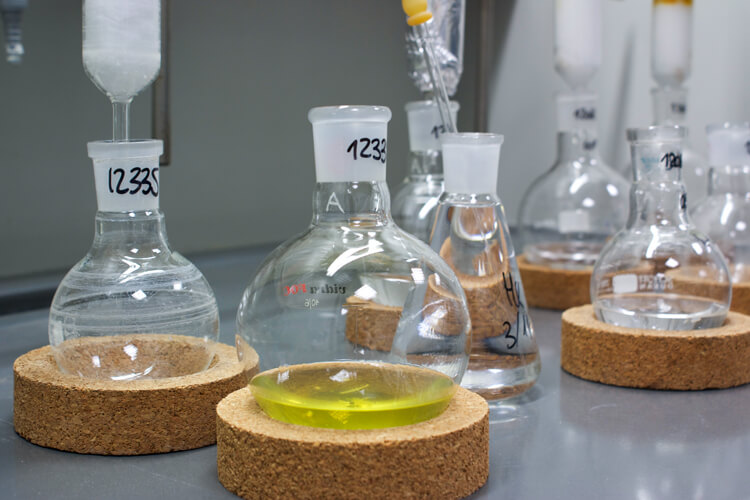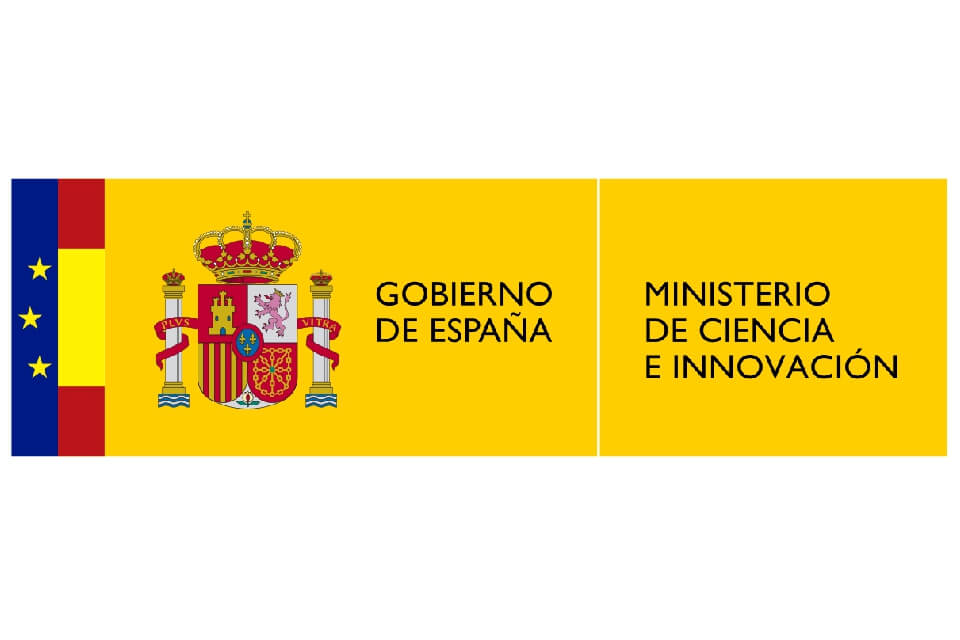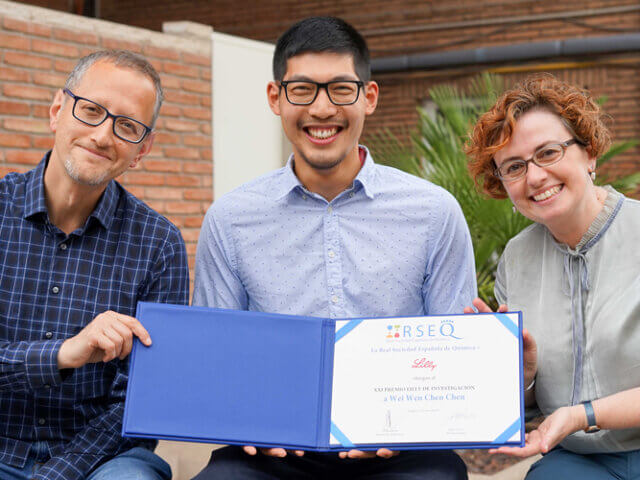New Synthesis Challenges. BISiboNds Project
Modern synthetic methodology is an area of research that is often at the core of activities that have a wide social impact such as medicinal and process chemistry, biological chemistry, and materials science. The development of new paradigms of reactivity now enables us to tackle the formation of increasingly complex molecules through synthetic disconnections that were previously inconceivable, doing so with the smallest possible environmental footprint.
For some time, the research groups led by Dr Ana Belén Cuenca, with the Department of Organic and Pharmaceutical Chemistry at the IQS School of Engineering, and Dr Alexander Shafir, with the Department of Biological Chemistry at the Catalan Institute of Advanced Chemistry (IQAC-CSIC), continue to explore new approaches to the formation processes of C-C and C-Heteroatom bonds.
The researchers from both teams have extensive experience in fine-tuning synthetic methodologies that combine the use of catalytic systems with the versatility of chemical elements such as boron, hypervalent iodine, and silicon. In recent years, their work has produced several contributions to prestigious international journals, including publications on selective reactions of allylation, benzylation, and propargylation of arenes,1 as well as on obtaining methane derivatives with high steric congestion.2 Moreover, their progress represents a solid learning platform, as evidenced by the 2019 Arquímedes award they won for the best research work in the area of Chemistry for young researchers.
New synthesis challenges
These researchers have once again received funding within the Ministry of Science and Innovation/National Innovation Agency 2020 National Plan for R&D&i Projects, in a new phase of the project entitled BISiboNds – Nascent reactivity of p-block elements: a crucible of chemical bonds and emerging molecular architectures.
This novel project aims to address new methodological challenges inspired by little or scarcely explored reactivity patterns and involves new remote CH couplings, the synthesis of new organic superacids based on rigid boranes, and the preparation of new polyaromatic structures with optoelectronic properties modulated through the isosteric substitution of C-C units by boron-nitrogen fragments.
________________________________________________________________________________________________________________________
1Wei W.Chen, Ana B.Cuenca, A. Shafir, The power of Iodane-Guided C-H couplig: a Group-Transfer stratgey in which halogen Works for its money; Angewante Chemie International Edition, 2020, 59, 16294-16309.
2Wei W.Chen, Nahiane P Fernández, Marta Diaz, Antono Cunillera, Laura G. Rodriguez, Alezander Shafir, Ana B. Cuenca, Exploring benzylic gem-C(sp3)–boron–silicon and boron–tin centers as a synthetic platform, Chem. Sci., 2021,12, 10514-10521






